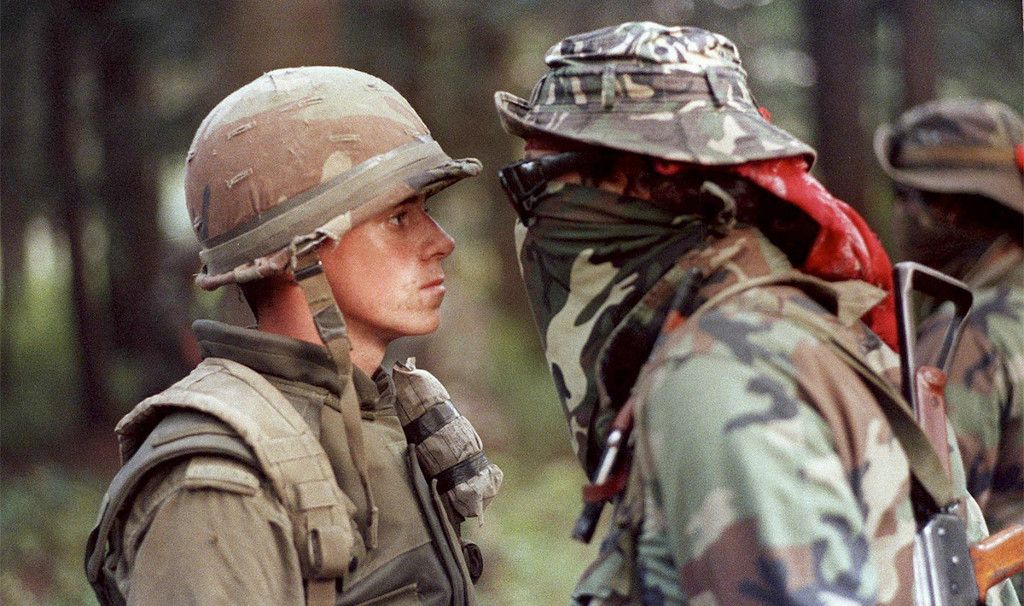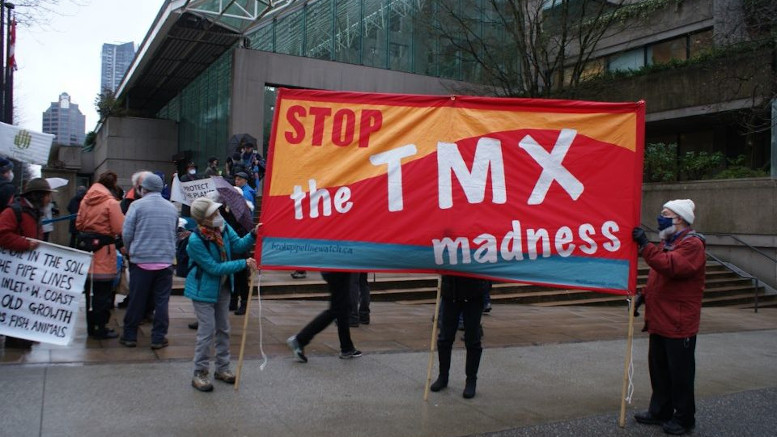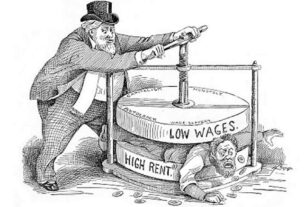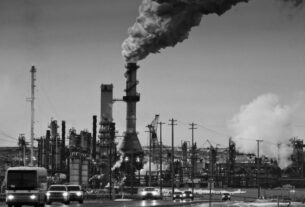On July 11, 1990, thirty years ago, one of the most longstanding violent confrontations between police and Indigenous groups in Canada began. The Oka Crisis, also known as the Kanesatake Resistance or Mohawk Resistance at Kanesatake, was a 78-day standoff between Mohawk land defenders, Québec police, the RCMP and the Canadian Army. It took place in the community of Kanesatake, near the Town of Oka, on the north shore of Montreal. After a court decision that favoured developers and the Town of Oka, giving them the go-ahead to expand a golf course and construct townhouses on land the Mohawk had claim to, adjacent to the Mohawk cemetery, the Mohawk put up a barricade. Police responded with force,with tear gas and concussion grenades. After a 15-minute gun battle, the police fell back, abandoning six cruisers and a bulldozer. Corporal Marcel Lemay of the Sûreté du Québec (SQ), Quebec’s provincial police force, was killed. Tensions were high for weeks. Eventually, the army was called in and the protest ended on September 26, 1990. The federal government bought the land, the golf course development did not go ahead, but there has been no transfer of land to the Mohawk.
This is but one incident in Canada’s history in which the police and army have been used by the state to defend the interests of capitalism against Indigenous people. Engels wrote about the “armed bodies of men,” which keep class antagonism “within the bounds of order” but at the end of the day defend the interests of the dominant class. These armed bodies of men (and women) are a key part of a state apparatus that include armies, the legal system and prisons. Just three years after Canadian confederation, the new Canadian state used armed bodies of men to suppress the Métis people in the Red River resistance (1870) and again in the Northwest Resistance of 1885. This ended with the hanging of Métis leader, Louis Riel, for treason.
While Indigenous people have always been a key target of Canadian capitalism, the Canadian government has not hesitated to use the police against the organized working class. In the Winnipeg General Strike of 1919, a special force of police and army was used to quell protest. On June 21, 1919 what has come to be known as “Bloody Saturday,”mounted police, joined by special constables – hired after Winnipeg officers were fired for refusing to denounce the strike — lined up across the width of Main Street. The mounted police and specials were joined by 200 club-wielding specials on foot, and strikers were corralled in a place later referred to as Hell’s Alley. Winnipeg fell under military rule for a time, one of the few occupations of a city in the history of the Canadian military. A historian, Reilly, who has written about the Winnipeg General Strike said,“It’s an example of the state – the Canadian government – turning its military and its police forces against its own citizens.”
Another example occurred just over 85 years ago, in June 1935. One thousand striking longshore workers and their supporters headed towards Ballantyne Pier in Vancouver, where strike breakers were unloading ships in the harbour. Marching behind a Union Jack flag, they were proceeding en masse to talk to the non-union workers, led by Victoria Cross recipient Mickey O’Rourke and a contingent of World War I veterans.
At the entrance to the pier, they were met by the Chief Constable who told the demonstrators that they would not be permitted to proceed. When they refused to turn back, protesters were attacked with clubs by the police guarding the pier. Soon the BC Provincial Police, who had been hiding behind boxcars, and the RCMP joined the Vancouver police in chasing the dispersing crowd, clubbing people and firing tear gas. Many protesters fought back, throwing rocks and other projectiles at the police. After three hours, the assault ended with several people in the hospital. The police also raided the offices of communist organizers and the longshoremen’s union.
These examples alone illustrate how the state uses police, and in extreme cases, the army to protect their own interests. They reveal a truth that Marxists understand well: police are an instrument of the state, established to defend the ruling classes and oppress workers and marginalized people. Moreover, there are countless examples of the state using police to protect the interests of capitalism. Many people will recall the arrests and prosecution of people protesting the TransMountain pipeline on Burnaby Mountain near Vancouver. Several people served time in jail for peacefully standing in front of the Kinder Morgan gates where the pipeline expansion was to take place.
It is unheard of for police to defend workers when their jobs are stolen by the bosses or they are struggling for decent pay or safety at work.
As recently as February 6, 2020, the RCMP launched a military style assault on the traditional territory of the Wet’suwet’en in north western BC after the Wet’suwet’en, led by their traditional chiefs, set up camps to peacefully claim their control of this territory, land that has never been relinquished by treaty. They were defending their land and territory against the Coastal GasLink pipeline that the Canadian and BC governments approved to go right through their homelands. The RCMP sealed off the area, refusing access to the Wet’suwet’en chiefs, land defenders and media. They used helicopters and bulldozers to impose a court injunction that allows Coastal GasLink access. Police, openly carrying weapons, including assault rifles, arrested dozens of Indigenous land defenders.
So, it is only fitting that on the 30th anniversary of Oka, that the Wet’suwet’en have called for solidarity. The Wet’suwet’en held a solidarity blockade during Oka and in February of this year, people #ShutDownCanada, with the Mohawk responding with a “massive impact and calls to action.” The Wet’suwet’en statement says, “Change comes through solidarity. A big part of solidarity is taking the initiative to stand for others, and carrying some of the weight…. July 11 marks the 30th anniversary of Oka,when the military of the Canadian government attacked unceded indigenous land in order to clear the way for development. Today Indigenous communities across Canada and across the globe are still fighting to defend their lands from resource devouring capitalists and the governments that attempt to subdue any resistance to their interests.”
As socialists, we support the resistance of Indigenous peoples, of the organized working class and all those who stand up against the capitalist state. We stand in solidarity with those who defend their lands, their democratic rights as workers and who put people and planet before profit.




